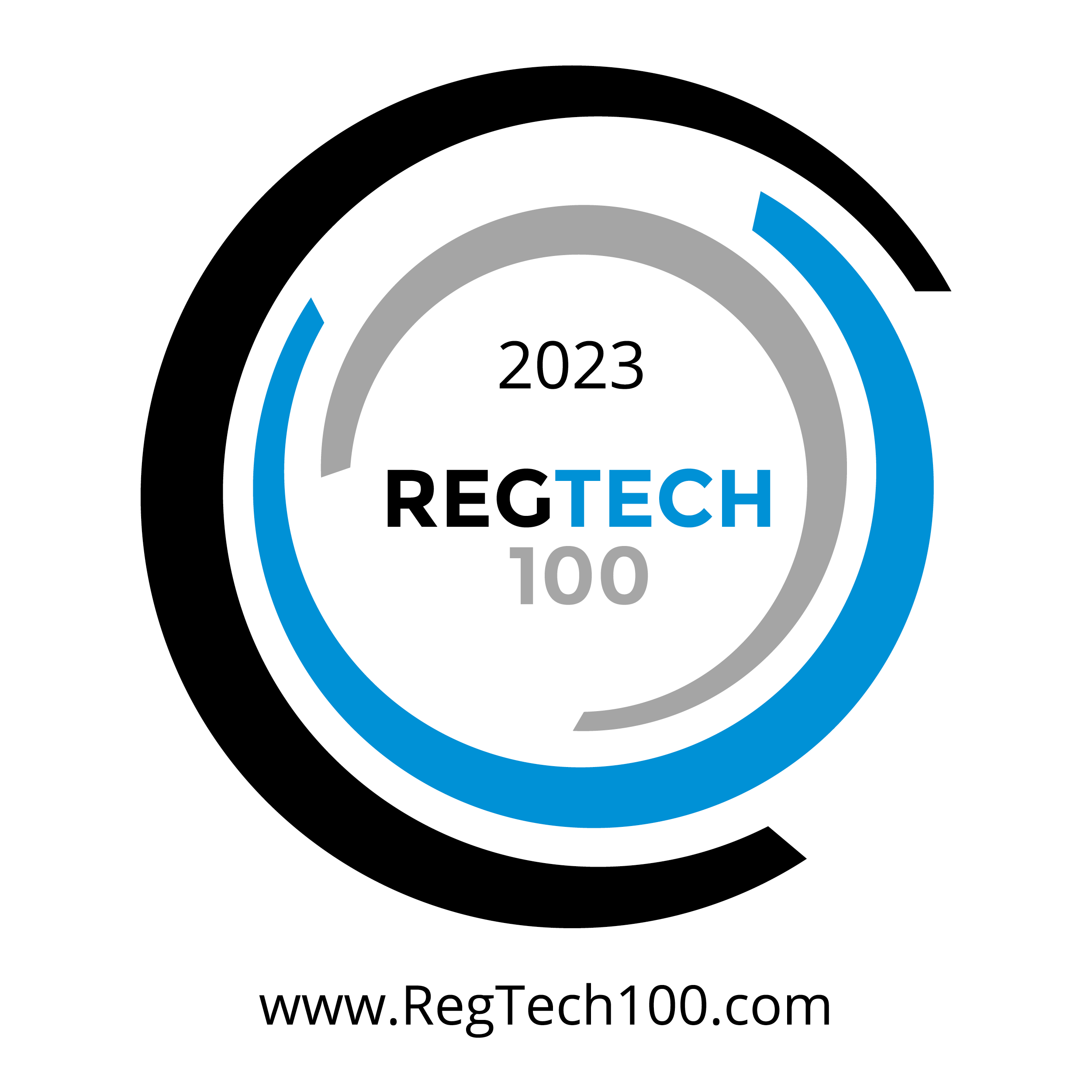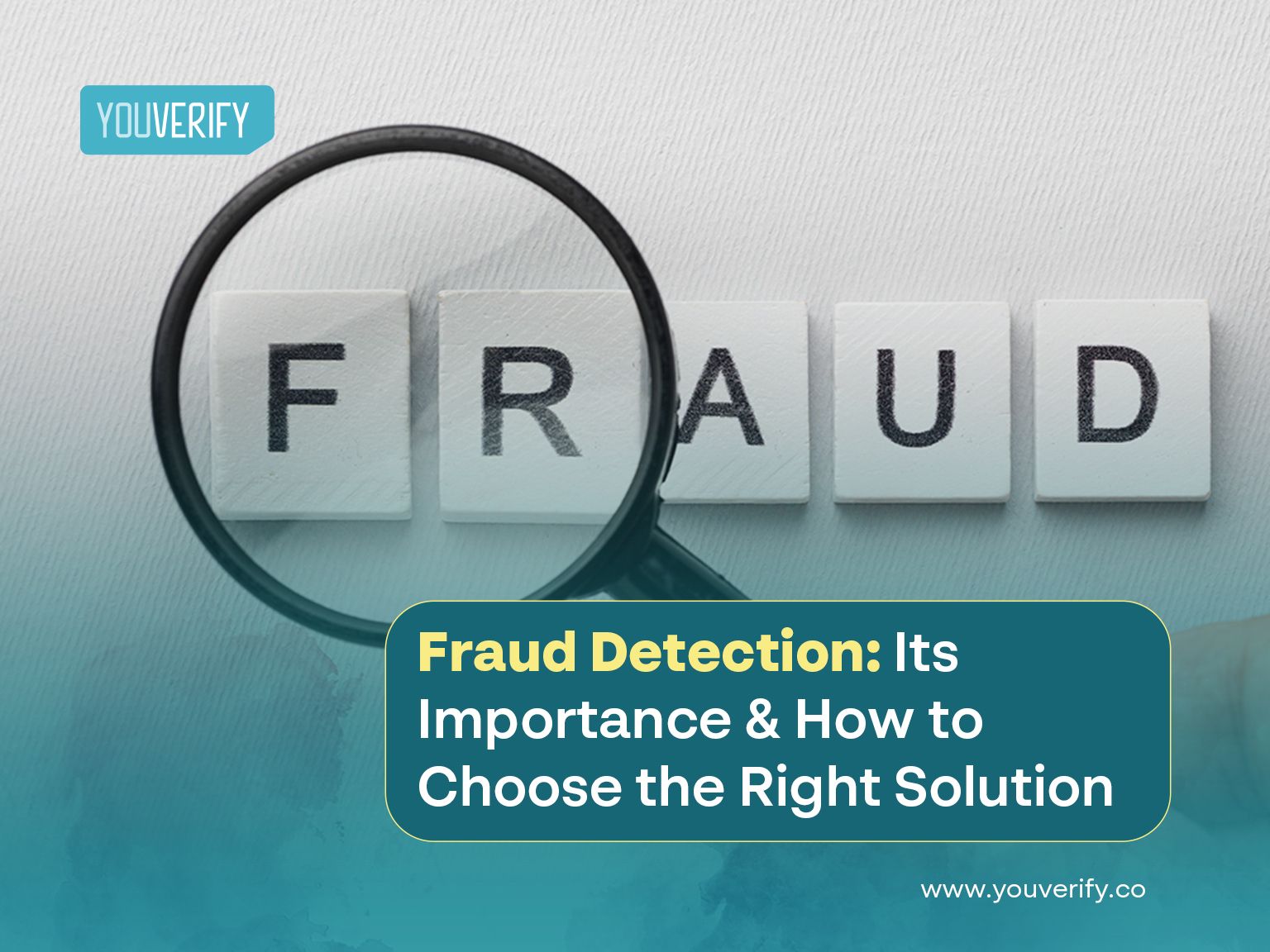Fraud. The very word sends shivers down the spine of any business owner. It represents lost revenue, damaged reputation, and a constant threat to financial stability. Today, financial transactions happen at lightning speed. Fraudsters are constantly innovating ways to exploit financial vulnerabilities.
A recent 2022 Accenture study reveals a troubling trend in which digital payments fraud has surged by 25% over the past three years. This translates to a staggering $48 billion in potential losses for online commerce in 2023 alone. Therefore, highlighting the ever-present threat organizations face.
According to the Association of Certified Fraud Examiners' (ACFE)'s latest report, Occupational Fraud 2022: A shocking $4.7 trillion is lost globally every year due to occupational fraud.
This makes fraud detection a critical function for any business that processes online payments or stores sensitive customer information. But with so many fraud detection solutions on the market, how do you choose the right one for your needs?
This article explores the importance of compliance-driven fraud detection and outlines key factors to consider when choosing the right solution.
What is Fraud Detection?
Fraud detection refers to the proactive measures businesses take to identify and prevent fraudulent activity. These measures can include anything from verifying customer identities, to monitoring transactions for suspicious patterns. Implementing a powerful fraud detection system is crucial for organizations to comply with a growing list of regulations.
Regulations like Know Your Customer (KYC), Anti-Money Laundering (AML), and the Payment Card Industry Data Security Standard (PCI DSS) all mandate specific controls to check fraud risks.
KYC regulations require businesses to verify the identities of their customers, while AML regulations aim to prevent money laundering through financial transactions. PCI DSS focuses on protecting sensitive cardholder data from unauthorized access. Strong fraud detection systems can play a vital role in adhering to these regulations by:
• Preventing identity theft: KYC verification helps ensure that customers are who they say they are, reducing the risk of fraudulent accounts being used for criminal activity.
• Detecting suspicious transactions: Real-time monitoring allows businesses to identify unusual spending patterns or transactions originating from high-risk locations, potentially indicating fraud attempts.
Read: How Youverify's Solution Simplify AML Compliance in a Changing Landscape
What are the Fraud Detection Methods?
To effectively safeguard against fraud, businesses and consumers should utilize the following methods:
• Machine Learning & AI: Analyze vast amounts of data to identify patterns indicative of fraud.
• Behavioral Analytics: Monitor user behavior to detect deviations from normal patterns, like unusual login locations.
• Anomaly Detection: Identify data points that deviate significantly from the norm, potentially indicating fraud.
• Identity Clustering: Group user identities based on shared attributes to identify patterns of fraudulent behavior.
• Data Analytics: Identify potential fraud indicators by sifting through large datasets.
• Real-time Monitoring: Identify suspicious activities promptly and take swift action.
• Collaborative Intelligence: Share fraud insights with other organizations to gain a broader understanding of evolving tactics.
• Ongoing Monitoring & Updates: Regularly review and improve fraud detection techniques to keep pace with emerging threats.
Interesting Read: Fraud Detection Using Machine Learning
What are the Consequences of Non-Compliance with Fraud Detection Regulations?
Non-compliance with these regulations can have severe consequences on your business. The consequences of neglecting fraud detection can be severe. Let's take a glimpse into the potential damage:
• Financial Losses: Fraudulent transactions directly eat into your profits. Chargebacks, account takeovers, and stolen funds can significantly impact your bottom line.
• Damaged Reputation: News of a security breach can erode customer trust and loyalty, taking years to rebuild.
• Operational Disruptions: Investigating fraud takes time and diverts resources away from core business activities. Therefore, it prevents you from serving legitimate customers.
• Compliance Issues: Failing to implement adequate fraud detection measures could lead to regulatory fines and penalties.
Further reading: Impact of Non-Compliance. Understanding the Risks and Consequences
What are the Benefits of a Compliant Fraud Detection Solution?
Beyond regulatory compliance, a compliant fraud detection solution offers several key benefits:
• Enhanced security posture: Robust fraud detection protects sensitive customer data from unauthorized access, minimizing the risk of data breaches.
• Improved regulatory compliance: A compliant solution demonstrates a business commitment to adhere to regulations. Therefore, it potentially reduces the risk of penalties and audits.
• Increased customer trust: When customers know their information is secure and their transactions are protected, they are more likely to trust your business and do repeat business with you.
• Prevents Financial Losses: By identifying and stopping fraudulent transactions before they occur, businesses can minimize financial losses associated with stolen credit cards, fake accounts, and other fraudulent activities.
• Reduces Chargebacks: When a customer disputes a fraudulent transaction, the issuing bank may charge you a fee. Effective fraud detection can significantly reduce chargebacks, protecting your bottom line.
• Protects Customer Data: Fraudsters often target businesses to gain access to customer data, which they can then sell on the dark web. Strong fraud detection safeguards sensitive customer information.
• Maintains Business Continuity: Large-scale fraud attacks can disrupt your operations and prevent you from serving legitimate customers. Fraud detection helps to ensure business continuity and minimizes downtime.
Also read: Detecting and Preventing Fraud Using Compliance Solutions
What are the Challenges of Fraud Detection?
• Cost Management: Keeping pace with ever-progressing fraud techniques can necessitate investment in new tools and resources.
• Remote Transactions: The rise of remote transactions opens doors for impersonation and detailed interception.
• Transaction Speed: The fast-paced transaction environment can make it easier for fraudsters to act undetected.
• False Positives: Overly-zealous detection systems can lead to false positives, inconveniencing customers and costing businesses resources.
• Transaction Type Range: The growing number of financial services creates more potential access points for fraudsters.
• Evolving Techniques: Fraudsters continuously adapt their tactics, requiring constant vigilance and system updates.
• Globalization: Cross-border transactions present challenges due to varying regulations and security measures.
• Data Privacy: Balancing effective detection with data privacy regulations can be complex.
How to Choose the Right Fraud Detection Solution For Your Compliance Needs
With the importance of fraud detection established, the next step is selecting the right solution for your business. Let's look at some important features to reflect upon while choosing the right fraud detection solution:
• Understanding Your Needs: Every business faces unique fraud risks. Analyze your industry, target audience, and transaction types to identify your specific vulnerabilities. Choose a solution tailored to the specific threats your industry faces.
• The Size and Complexity of Your Business: Large businesses with complex operations may need a more comprehensive solution than smaller businesses.
• Scalability and Adaptability: Fraudsters are constantly evolving their tactics. Select a fraud detection solution that keeps pace with your growth and proactively combats emerging fraud schemes. Regular updates and seamless integration with existing systems are important for maintaining peak effectiveness.
• Features: Evaluate the features offered by different solutions, such as real-time transaction monitoring, device fingerprinting risk scoring, and machine learning capabilities. These features can help identify and prevent suspicious activity that might violate regulations.
• Ease of Use and Integration: The solution should be user-friendly and easy to integrate with your existing systems.
• Cost: Fraud detection solutions come at different price points. Choose a solution that fits your budget without compromising on effectiveness.
• Compliance Requirements: Ensure the solution meets any regulatory compliance requirements your business is subject to. For instance, the General Data Protection Regulation (GDPR) and the California Consumer Privacy Act (CCPA).
• Detection Methods: Explore solutions that utilize a combination of techniques—machine learning, anomaly detection, rule-based systems, and behavioral analysis—to provide comprehensive protection.
• Data Security and Privacy: Your chosen solution should prioritize data security by utilizing strong encryption to protect sensitive consumer information. Also, ensure it adheres to industry standards and regulations for data storage and privacy.
• User-friendliness and Reporting: Fraud analysts need user-friendly interfaces to investigate suspicious activity efficiently. Comprehensive reporting capabilities are essential for demonstrating compliance with regulatory bodies and tracking fraud trends over time.
Interesting Read: Fraud Detection Using AI in Banking
How to Build a Strong Fraud Prevention Strategy
While a powerful fraud detection solution is important, it's just one piece of the puzzle. Let's look at some additional steps businesses can take to create a comprehensive fraud prevention strategy:
• Implement strong data security practices: Encrypt sensitive data and restrict access to authorized personnel only.
• Stay up to date about the latest fraud trends: Stay informed on the latest trends and adapt your fraud detection strategies to stay ahead.
• Educate your employees: Train your employees on common fraud schemes and best practices to recognize and report suspicious activity.
• Partner with a reliable payments processor: Choose a payment processor with robust security measures and fraud detection capabilities.
• Customer Authentication: Implement multi-factor authentication and other security measures to verify user identities.
• Data Encryption: Protect sensitive customer information with strong encryption protocols.
You might want to read E-commerce Fraud Detection Best Practices
Conclusion
Fraud detection is no longer an optional expense – it's a business necessity. By prioritizing fraud detection and taking a multi-layered approach, you can significantly reduce your risk of fraud and protect your business from financial losses, reputational damage, and operational disruptions. While compliance helps ensure you meet regulatory requirements, a powerful fraud prevention strategy ultimately protects your business and your customers.
Youverify offers a comprehensive suite of fraud detection solutions specifically designed to meet the needs of businesses of all sizes. Our solutions leverage cutting-edge technology to identify fraud in real-time. Our fraud detection solutions are user-friendly and straightforward to integrate. Schedule a demo with us today and learn how we can help you build a strong fraud prevention strategy and safeguard your business from fraud.



